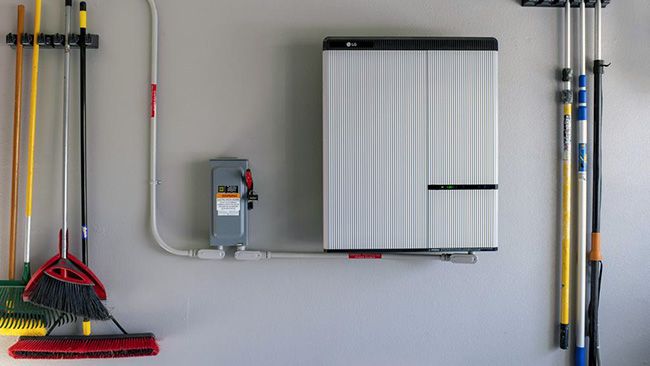Company conducts innovative home battery study for Florida customers.
PVTIME – Duke Energy Florida has launched an innovative “Bring Your Own Battery” (BYOB) study to test potential enhancements to the energy grid and support the growth of renewable energy in the Sunshine State.

The purpose of the study is to learn more about customer use of battery technology and explore opportunities to leverage existing battery energy storage systems to improve grid resiliency.
Participants are Duke Energy Florida customers who currently have batteries installed in their homes to provide backup power in case of an outage.
The 12-month study will enable Duke Energy to call on these devices to support the grid during times of peak demand with the expectation of reducing energy costs for participants and ultimately giving customers the opportunity to participate directly in the company’s transition to a cleaner energy future.
“Batteries are an exciting technology that will play a significant and evolving role in how energy is delivered to customers now and in the future,” said Melissa Seixas, Duke Energy Florida state president. “With the introduction of studies like BYOB, we are developing ways to provide even greater value to our customers while improving energy resiliency and advancing solar technologies in Florida.”
Duke Energy is working with vendors including Sunrun Inc., Generac, SolarEdge and Virtual Peaker to offer existing battery customers in Florida the opportunity to participate in the BYOB battery study.
“We want to provide innovative solutions that increase grid resilience and expand home backup power options,” said Mary Powell, Sunrun chief executive officer. “Sunrun’s partnership with Duke Energy will provide affordable, clean, backup power solutions for households in Florida, while also supporting grid reliability at the community level. This study is an example of how collaboration can accelerate the transition to a clean energy future.”











